Xin Wang’s group at University
of Manchester in UK reported
that PAK1-deficiency in mice causes the hypertrophy, while a sphingolipid called “FTY720” reverses the hypertrophy (1). Misunderstanding that FTY720 is a PAK1 activator, they concluded that PAK1 prevents the hypertrophy. However, actually, FTY720 is a PAK1 inhibitor which suppresses the growth of pancreatic and colon cancers as well as melanin synthesis. Thus, their claim is clearly a "self-conflicting" (making no sense!)...
On the other hand, Thomas Wieland’s group at University of Heidelberg in Germany found that PAK2 is essential for catecolamine-induced hyperdrophy (2). In other words, PAK2 blockers could serve as potential therapeutics for the hypertrophy.
On the other hand, Thomas Wieland’s group at University of Heidelberg in Germany found that PAK2 is essential for catecolamine-induced hyperdrophy (2). In other words, PAK2 blockers could serve as potential therapeutics for the hypertrophy.
In this light, I have searched a reported few “natural” therapeutics
for the hypertrophy, and found that curcumin, berberine, CAPE
(caffeic acid phenethyl ester) and tetrandrine (Tet) could reverse the
hypertrophy in mice or rats (3-6). What is the common (biological property) to
these four anti-hypertrophic natural products?
Curcumin is known to inhibit both PAK1 and PAK2 directly (7). Berberine down-regulates RAC and CDC42,
activators of PAKs, and therefore blocking both PAK1 and PAK2 (8). CAPE
down-regulates RAC, and therefore blocking PAK1-3 (9). How about Tetrandrine
(Tet)? Tet is known to block the
activation of beta-catenine, an oncogenic transcription factor which is
activated directly by PAK1 or PAK2 (10). Thus, it is most likely, if not proven
as yet, that Tet also blocks both PAK1
and PAK2.
If PAK1 alone were able
to prevent effectively the hypertrophy, these anti-PAK compounds would have
worsen the hypertrophy. However, if PAK2 is causing the hypertrophy, these
anti-PAK compounds could improve the conditions of hypertrophy, as have been
reported. In other words, it is most likely that the force of PAK2 to cause the
hypertrophy is far “superior” to the power of PAK1 to reverse the hypertrophy. Thus,
in my opinion, we should first focus our attention on PAK2’s hypertrophic
effect. For PAK1-deficiency is rarely found in human beings, whereas
hyper-activation of PAK1 or PAK2 as well as PAK4 is quite often found in human
beings suffering from cancers or a variety of other PAK-dependent diseases.
Thus, it would be worth testing/proving directly if Tet
blocks PAK1 and PAK2 in cardiomyocytes or colon cancer cells, as expected.
Lastly, in support of this notion, back to more than 2 decades ago,
Tet was shown to block the chloroquine (CQ)-resistant malaria and reduce the
effective dose of CQ by 40 times (11). Recently Christian Doerig’s group in Switzerland
found that malaria infection requires PAK1 in host cells (12), strongly suggesting
that Tet blocks PAK1 as well as PAK2.
References:
1. Liu, W., Zi, M., Naumann, R., Ulm, S., Jin, J., Taglieri, DM. et al. Pak1 is a novel signaling regulator attenuating cardiac hypertrophy in mice. Circulation. 2011,124: 2702-15.
2. Vettel C, Wittig K, Vogt A, Wuertz CM, El-Armouche A, Lutz S, Wieland T. A novel player in cellular hypertrophy: G(i)βγ/PI3K-dependent activation of the RacGEF TIAM-1 is required for α(1)-adrenoceptor induced hypertrophy in neonatal rat cardiomyocytes J Mol Cell Cardiol. 2012, in press.
3. Li HL, Liu C, de Couto G, Ouzounian M, Sun M, Wang AB, et al. Curcumin prevents and reverses murine cardiac hypertrophy. J Clin Invest. 2008, 118, 879-93.
4. Hong Y,
Hui SC,
Chan TY,
Hou JY.
Effect of berberine on regression of pressure-overload induced cardiac
hypertrophy in rats. Am J Chin Med. 2002,
30, 589-99.
Caffeic acid phenethyl ester (CAPE) prevents
cadmium-induced cardiac impairment in rat. Toxicology. 2006, 227, 15-20.
6. Zhou DX,
Yang GT,
He XX,
Liu Q.
Effects of tetrandrine on Ang II-induced cardiomyocyte hypertrophy and p-ERK1/2
expression. Zhongguo
Zhong Yao Za Zhi. 2007, 32, 1921-4.
7. Cai, XZ., Wang, J., Li, XD., Wang, GL. et al. Curcumin suppresses
proliferation and
invasion in
human gastric cancer cells by down-regulation of PAK1 activity and
cyclin D1
expression. Cancer Biol Ther. 2009, 8, 1360-8.
8. Tsang, CM., Lau, EP., Di, K., Cheung, PY. et al. Berberine
inhibits Rho GTPases
and cell
migration at low doses but induces G2 arrest and apoptosis at high doses in
human cancer
cells. Int J Mol Med. 2009, 24,
131-8.
9. Demestre, M. Messerli, S., Celli, N., Shahhossini, M. et al. CAPE (Caffeic Acid
Phenethyl
Ester)-based Propolis Extract (Bio 30) Suppresses the Growth of Human
Neurofibromatosis (NF) Tumor Xenografts in Mice. Phytother. Res. 2009, 23, 226-
30.
10. He BC, Gao JL, Zhang BQ, Luo Q, Shi Q, Kim SH, et al. Tetrandrine (Tet) inhibits Wnt/β-catenin signaling and suppresses tumor growth of human colorectal cancer. Mol Pharmacol. 2011, 79, 211-9.
11. Ye ZG,
Van Dyke K,
Castranova V. The potentiating action of tetrandrine in combination with chloroquine or qinghaosu
against chloroquine-sensitive and resistant falciparum malaria.
Biochem
Biophys Res Commun. 1989,
165, 758-65.
12. Sicard A, Semblat JP, Doerig C, Hamelin R, Moniatte M, Dorin-Semblat D, et al. Activation of a PAK-MEK signalling pathway in malaria parasite-infected erythrocytes. Cell Microbiol. 2011, 13, 836-45.










































































![リオ五輪男子体操団体:日本(金)、ロシア[銀]、中国[銅]。](https://blogger.googleusercontent.com/img/b/R29vZ2xl/AVvXsEjHS61FORcH43CteZVfJzLmbqvNwOIliOSMpTpRtEi7x8j1ZwPk5rDaZovTrwuZxfDDtdEDSj673it735LF0mweIunaj7ja07lURBDYTV6wPMaAlumFt3aWWzYbHZgIaxcOLk_OKEMyQ3lX/s1600/2016+taiso+gold.jpg)
![皇太子(明仁)による沖縄訪問 [1975年]](https://blogger.googleusercontent.com/img/b/R29vZ2xl/AVvXsEjvSQrzV7yw_4gVQSwxZP_jh4VnEJscSqOqbiBh0VdAK3CRddXRqkd70JdLyws9fGejk-FGVmXWbHvSxlF3f8UogTyf9KXbqU1NGXesvcx2Hlsd6uq81AHweeioc61wynq3d2IYuyolijgT/s1600/akihito+message.jpg)




















































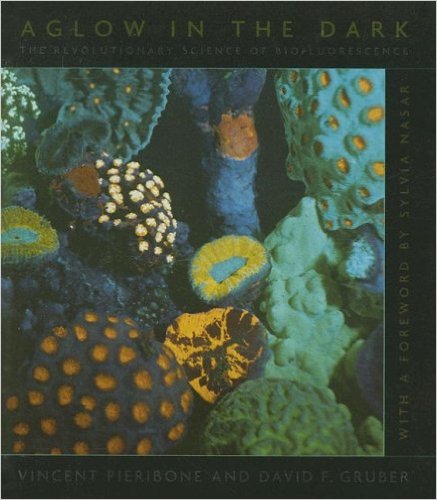














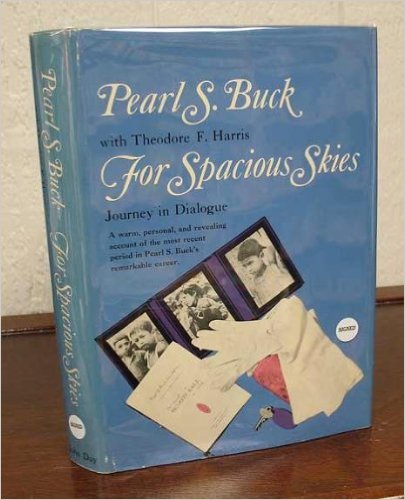














































































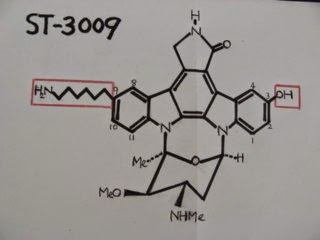







































![アルニカ [ウサギ菊]](https://blogger.googleusercontent.com/img/b/R29vZ2xl/AVvXsEilqv0qou-4NpoUh1PFWYK0FSaozKazee0VYGxsFtfjBma46ya9yxqB6X9Ziuob25tNRpBbnFIcUFlOEjz1WcAjVNzjGl1E-QbDgE7VOLkjZDx0eplJ1WJHf0fTEWXxf8F5G-cHUhqHELY9/s1600/ArnicaS.jpg)


















































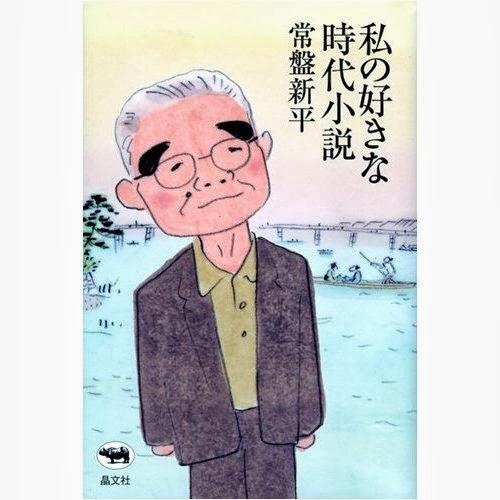










































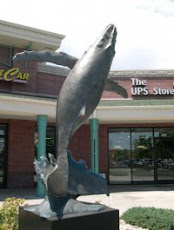










































.jpg)
















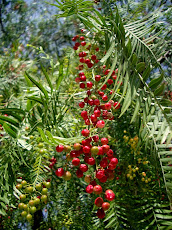






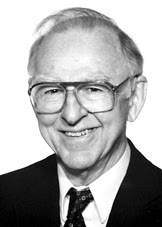








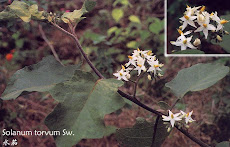







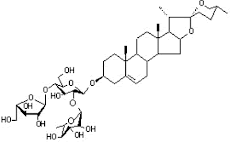















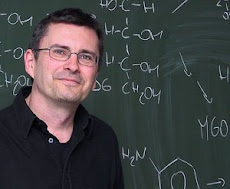


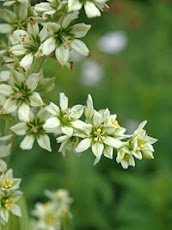












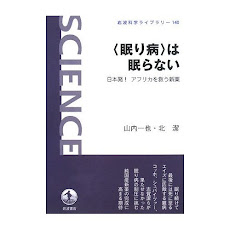






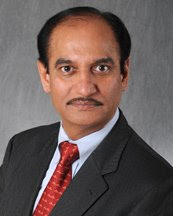





.jpg)
















































0 件のコメント:
コメントを投稿